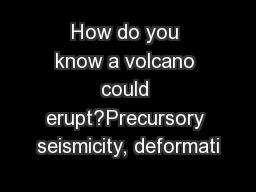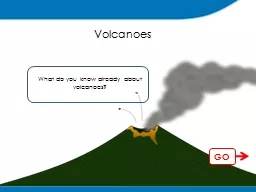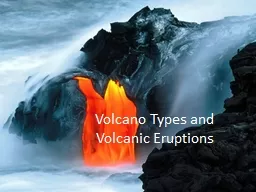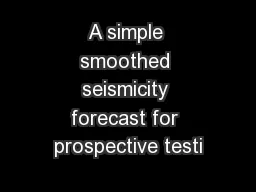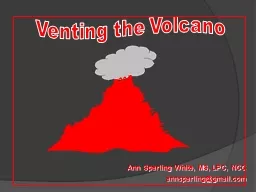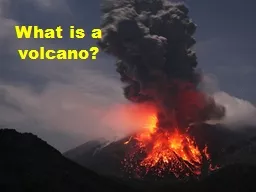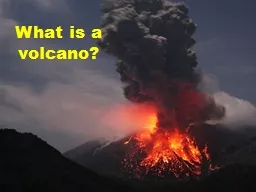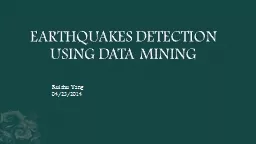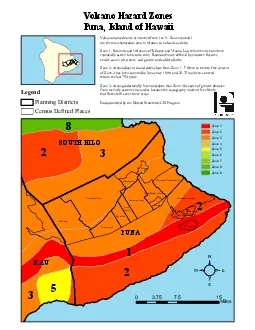PDF-How do you know a volcano could erupt?Precursory seismicity, deformati
Author : tatyana-admore | Published Date : 2016-08-22
Volcano Monitoring Deformation Seismicity Gas Animations Seismic SignatureSee 147Rock break earthquake148GPS151Measuring Plate Motion Some techniques used for monitoring
Presentation Embed Code
Download Presentation
Download Presentation The PPT/PDF document "How do you know a volcano could erupt?Pr..." is the property of its rightful owner. Permission is granted to download and print the materials on this website for personal, non-commercial use only, and to display it on your personal computer provided you do not modify the materials and that you retain all copyright notices contained in the materials. By downloading content from our website, you accept the terms of this agreement.
How do you know a volcano could erupt?Precursory seismicity, deformati: Transcript
Download Rules Of Document
"How do you know a volcano could erupt?Precursory seismicity, deformati"The content belongs to its owner. You may download and print it for personal use, without modification, and keep all copyright notices. By downloading, you agree to these terms.
Related Documents

